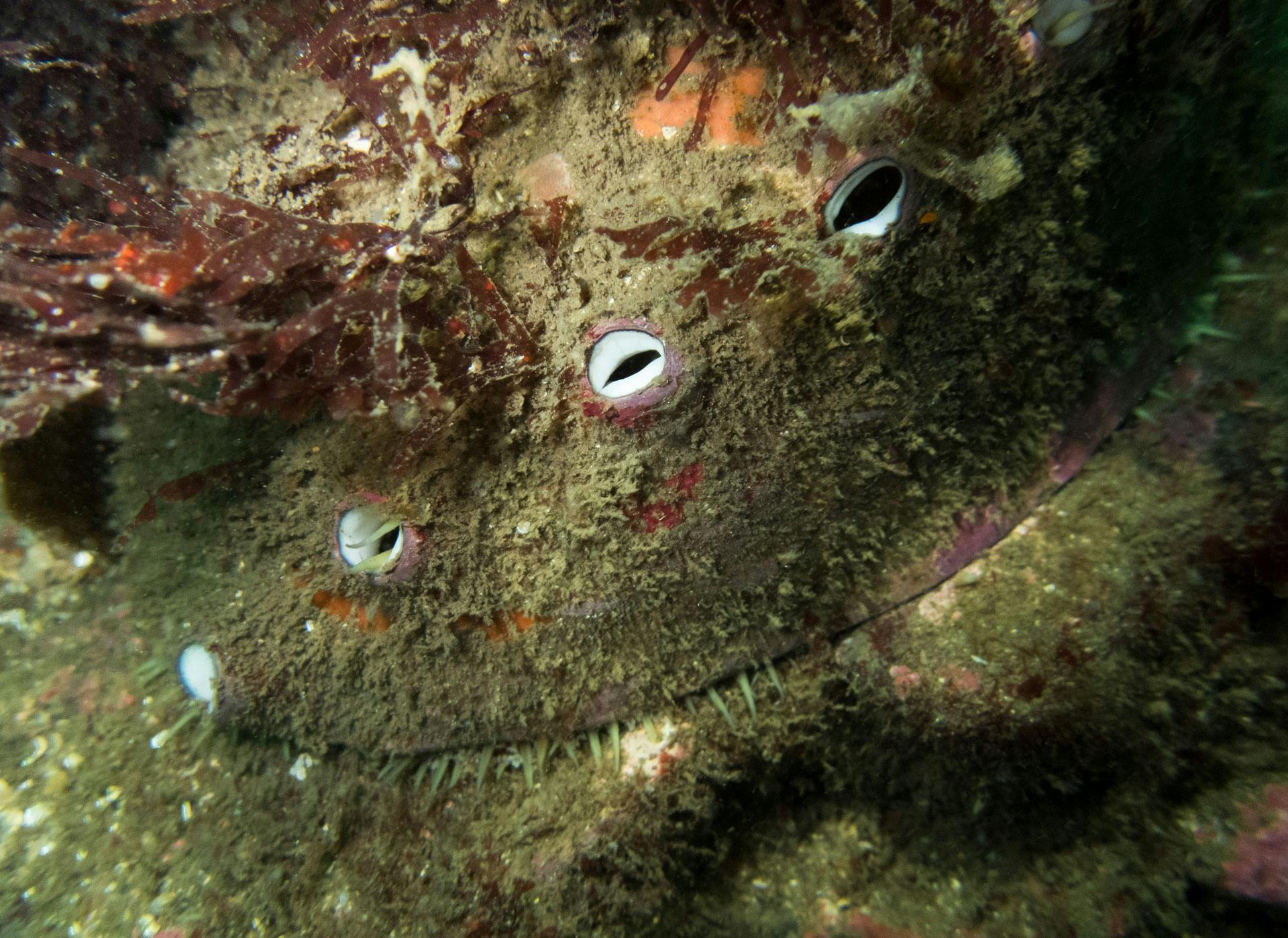Working to Recover Abalone Species to Kelp Forests in the Santa Monica Bay
The kelp forests of Santa Monica Bay once teemed with seven species of abalone—red, pink, green, white, black, pinto, and flat. Through overharvesting in the past century, loss of kelp habitat, and disease, all seven species found in southern California have been nearly wiped out.
As the primary sea urchin competitor, these large underwater snails play an important role in maintaining healthy kelp ecosystems and have been sought after by Californians for their cultural and economic importance throughout history.
Unfortunately, overharvesting and disease led to significant decreases in abalone populations during the end of the 20th century. In 1997, commercial fisheries for all species were closed in California and only one highly restricted recreational fishery for red abalone was permitted north of San Francisco Bay. This northern recreational fishery was closed in late 2017 as urchin barrens emerged along the north coast and abalone died from starvation.
Project Highlights
